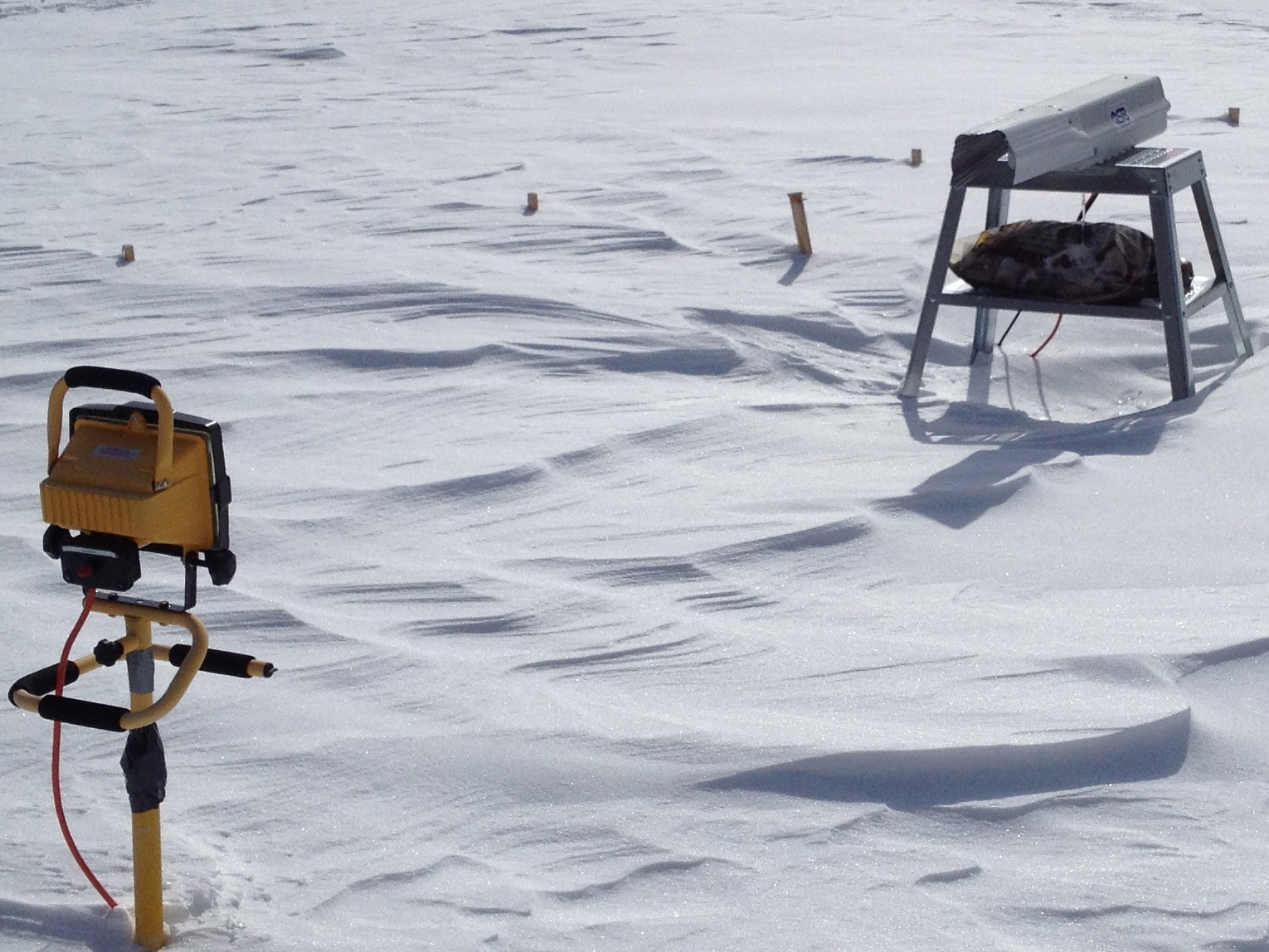

Large river basins are subdivided into these smaller catchments or runoff zones. This is because the models simulate the rainfall-runoff process on a drainage catchment area basis. The river forecasting models in use by the NWS require areal estimates of precipitation. Hydrologic Requirement for Areal Estimates of Precipitation

The ABRFC produces NWS WSR-88D 1-hour radar precipitation estimates for our area of responsibility on an approximate 4 by 4 km square grid resolution. The Z reflectivity factor is then used in an equation referred to as a "Z-R relationship" to determine rainfall rate. This return power is used to calculate a reflectivity factor, Z. The actual measurement taken by the radar is of backscattered power of the echo returns. Another method of measuring precipitation is through the use of radar. All of the above gages measure precipitation at a point. Liquid precipitation is traditionally measured using various types of rain gages such as the non-recording cylindrical container type or the recording weighing type, float type and tipping-bucket type.


 0 kommentar(er)
0 kommentar(er)
